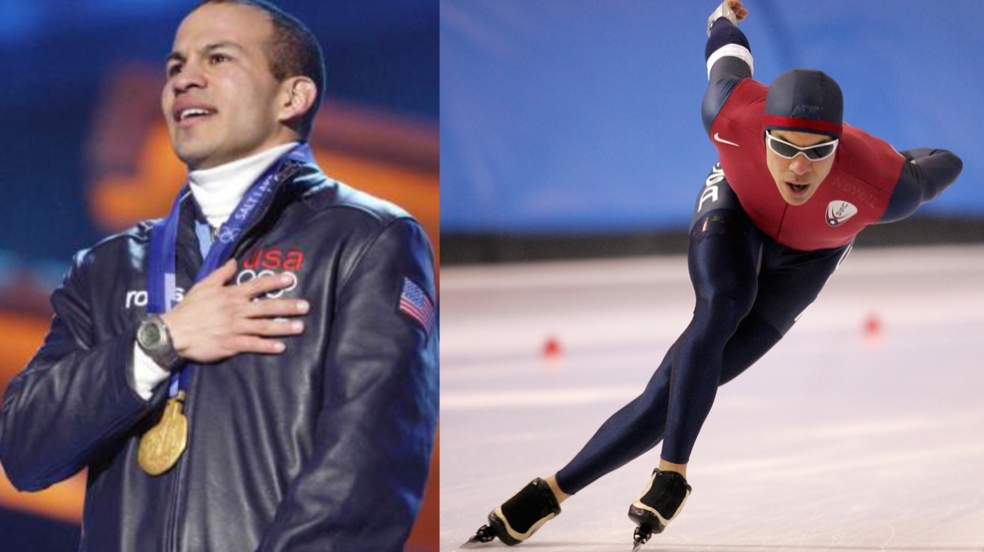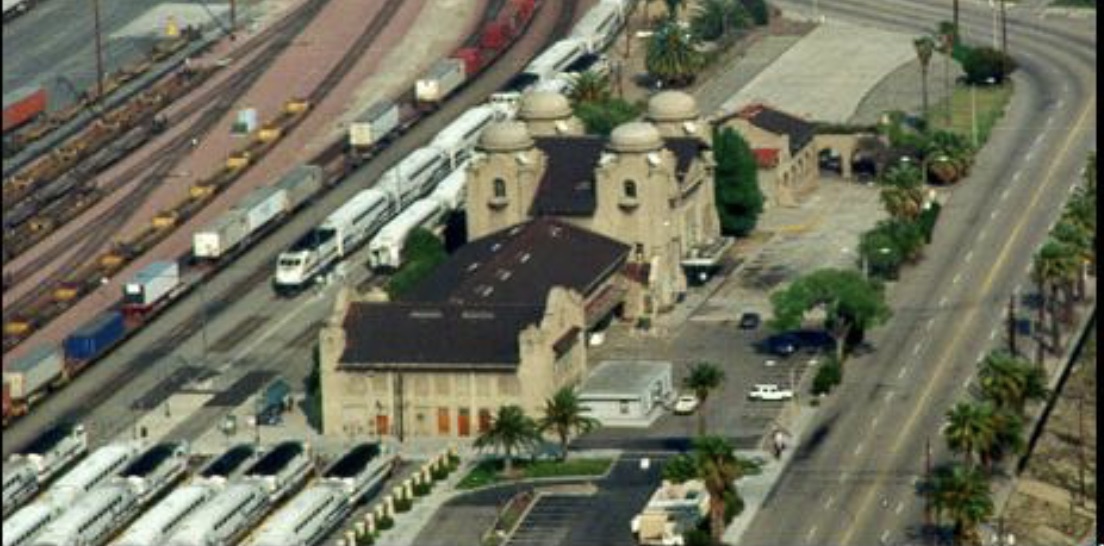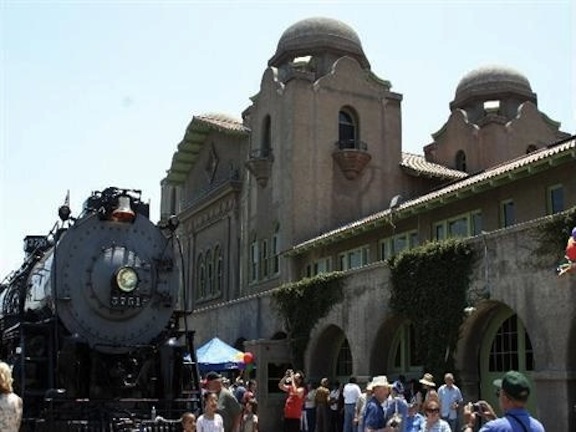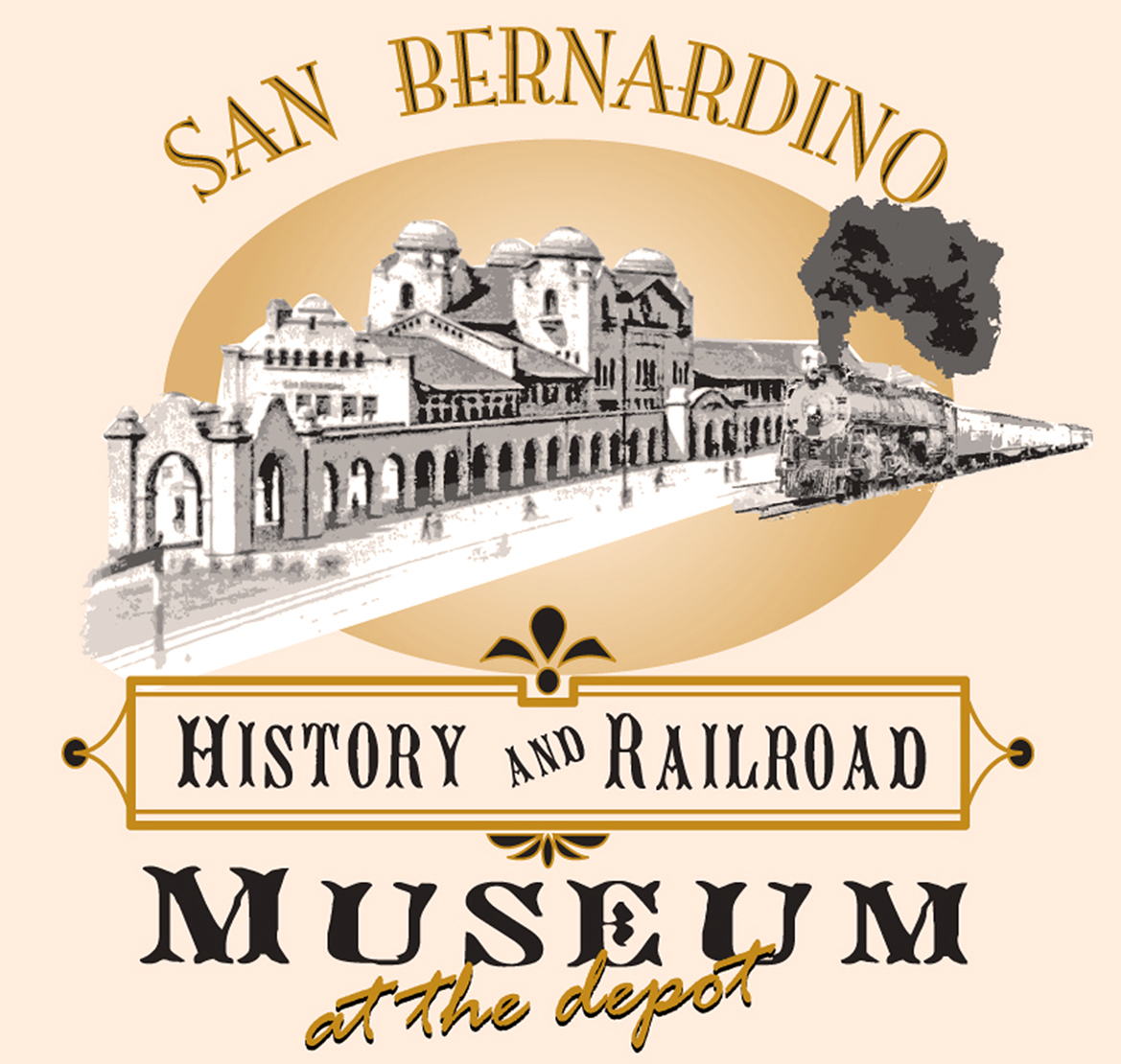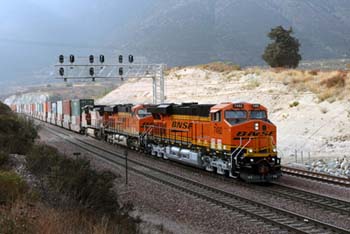February 2, 2001 - Santa Fe Depot Declared Historic
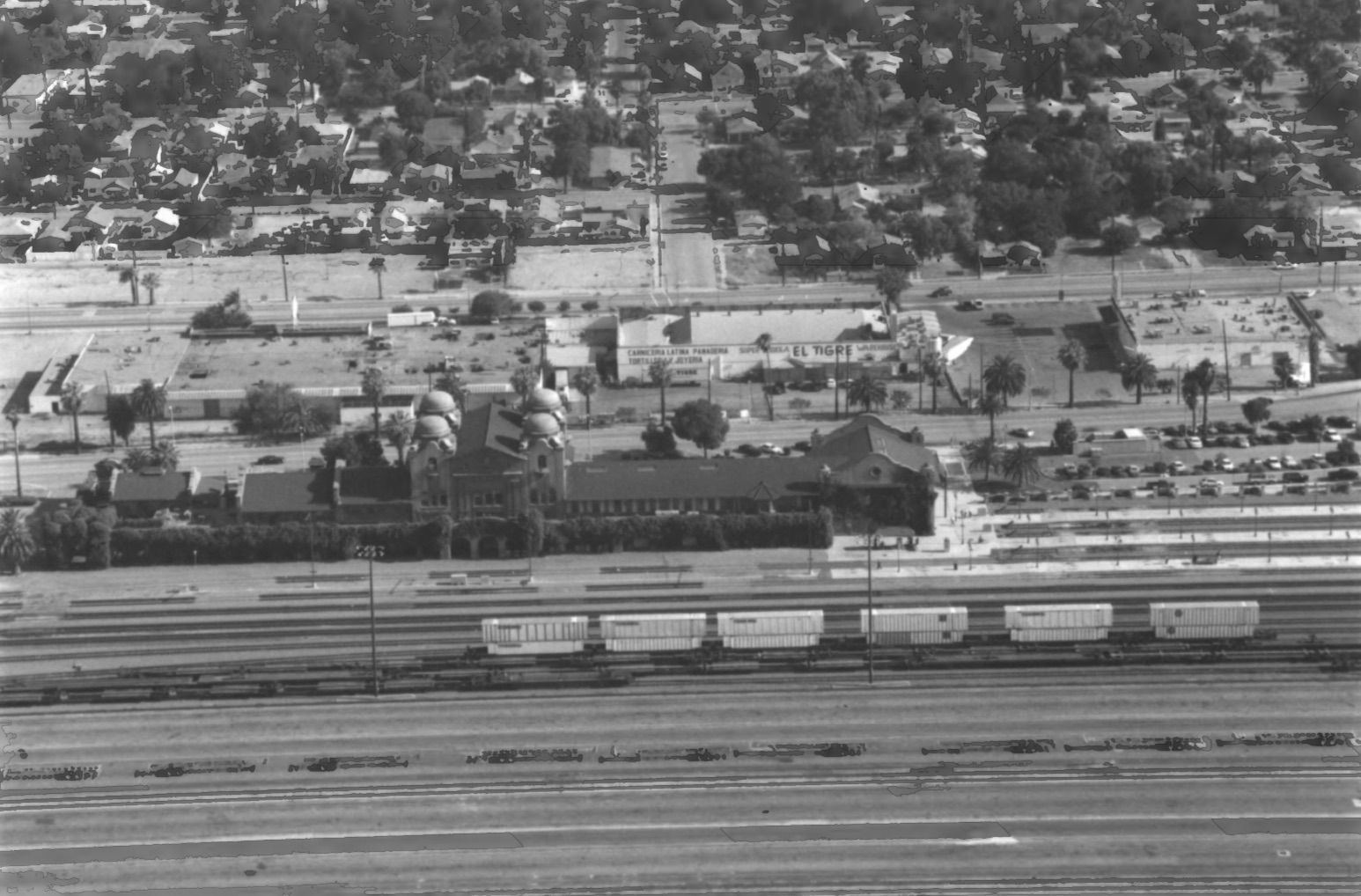 One of 39 Photographs from the Santa Fe Depot Application for inclusion on the National Register of Historic Places.
One of 39 Photographs from the Santa Fe Depot Application for inclusion on the National Register of Historic Places.
* The current Santa Fe Depot in San Bernardino, built in 1918, was considered to be Santa Fe's finest station in the West.
* At a cost of $800,000, this 57,000 square foot building featured mission-style architecture with domes, towers and a tile roof.
* Santa Fe closed its San Bernardino operations in 1992; all the buildings were demolished, except the Depot.
* On February 2, 2001, the National Park Service entered the Depot in the National Register of Historic Places.
Click here to view the text of the Santa Fe Depot Application for historic status.
Click here to view photographs from the Application for historic status.

 Share Article
Share Article 